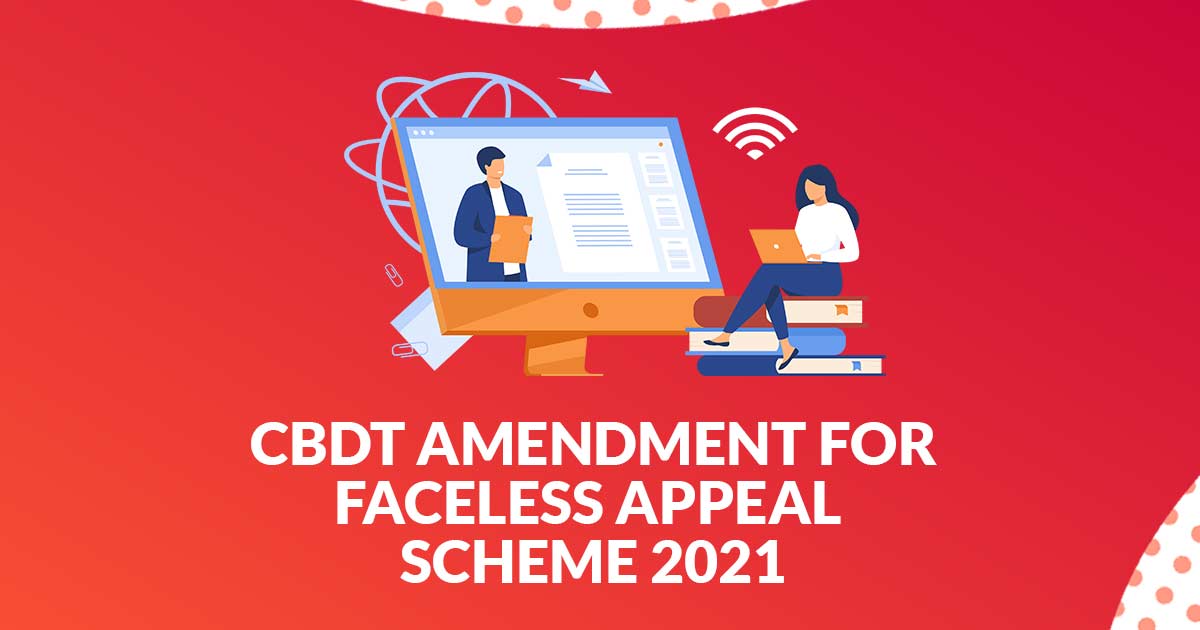
The faceless appeal scheme has been revised by the Central Board of Direct Taxes ( CBDT). Whenever the taxpayer makes a request, then a personal hearing through video conferencing / telephony will be applicable in all circumstances. These are the key changes that have been made this time.
Another issue that has been looked at is that the Commissioner of Income Tax ( Appeals), or CIT (A) will draft and conclude his/her order which would be allotted along with the taxpayers via NFAC (National Faceless Tax Appeals Centre. However, the procedure of multi-layers of reviews, holding the earlier scheme, has been accomplished along.
Although, on several grounds, the old scheme has been challenged in various courts which includes its constitutional validity. Filed by the Chamber of Tax Consultants ( CTC) where the Bombay high court is also hearing Public interest litigation. The next hearing date is scheduled for January 4. However, many points raised during this litigation have been announced through this faceless appeal scheme which will extensively aid high net worth individuals ( HNIs) along with cooperative organizations who meet with high demands, and a few others endure.
“Under the earlier scheme, the taxpayer as a matter of right had no opportunity for an oral hearing via video conferencing. The discretion to grant such an opportunity vested with the Chief Commissioner or Director-General, in charge of the Regional Faceless Appeals Centre, CTC president Ketan Vajani said. Ved Jain, past president of the Institute of Chartered Accountants of India (ICAI), said, The revised scheme is welcome as it has addressed the main grievance of the taxpayer. Now, an oral hearing via video conferencing can be claimed by the taxpayer as a matter of right.”
Although, during the early hearing the faceless appeals scheme doesn’t talk. The portal should allow the plea for an early hearing – this is crucial in case of high-pitched assessments, said chartered accountants Anish Thacker.
The recent scheme offered for review of which an order proceeded by one appeal unit by another appeal unit prior it was clinched. If the discussed tax, penalty, and interest in all surcharge and impost exceeded a certain amount, it was compulsory for the NFAC to transfer it to another appeal unit for review. While in other situations, a risk management strategy was embraced for finding whether or not the second round of feedback was needed. Through the lens of three appealing units, a draft order went in some other circumstance. These various layered procedures have been accomplished along.
Additionally, Jain hinted that the power of remission in order of delays in filing the appeal or those connecting to accepting additional grounds of appeal also now rested with the CIT (A). Now, a problem has occurred, which Vajani pointed out, ‘Though the actions taken under the old scheme may raise doubts on the orders passed under the old scheme’. There are some other issues that have been raised during PIL, such as a penalty for non – combined with a notice published by the NFAC and demand to produce some more evidence at the plea of the I-T department, have not been announced in the revised scheme.









